The origins of SOCOM’s stealth Black Hawk helicopters
- By Alex Hollings
Share This Article

In May 2011, the world got its first glimpse of America’s secret stealth Black Hawk helicopters after one of them crashed during Operation Neptune Spear, the raid that ultimately led to the death of Osama Bin Laden.
This is Part 2 of our series diving into the origins, development, and history of these clandestine rotorcraft. In Part 1, we discussed how these helicopters were revealed to the public and the unique challenges inherent to stealth helicopter design.
The RAH-66 Comanche and its influence on America’s stealth Black Hawk
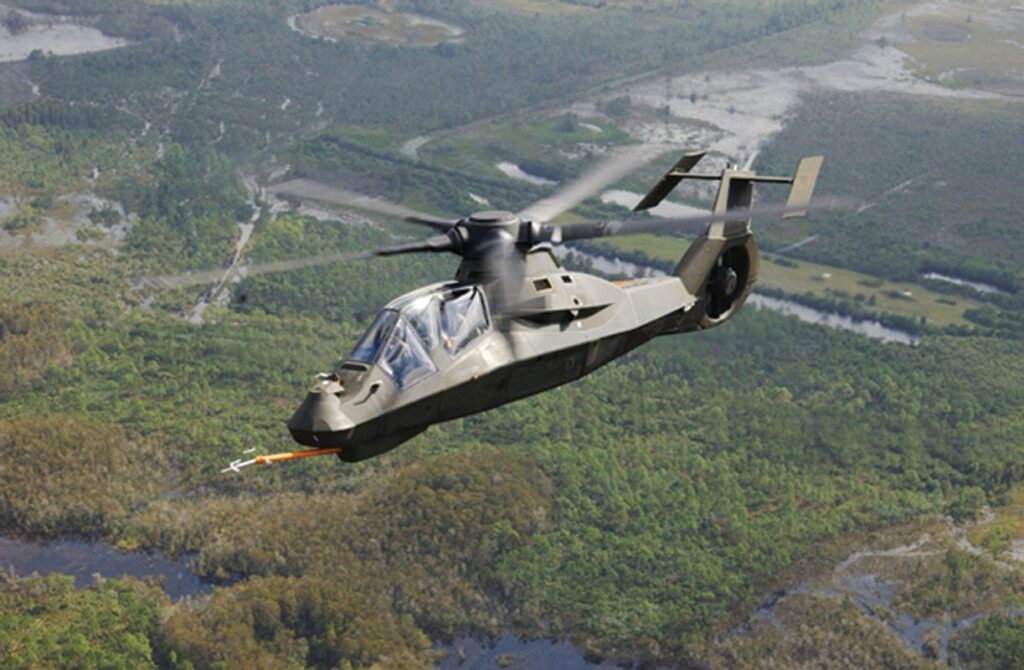
In the 1990s, just a few years before America’s stealth Black Hawks were said to be built, Boeing and Sikorski teamed up to design and field a new stealth reconnaissance and attack helicopters for the U.S. Army. The effort ultimately led to the construction of two Comanche prototypes that underwent flight testing between 1996 and 2004, before cost overruns and technical delays ultimately saw the program’s cancellation. The Comanche may now be defunct, but it still offers us a worthwhile peek into how stealth can be incorporated into a rotorcraft, and by taking a closer look at some of its design cues, we can imagine how they might be leveraged in a larger utilitarian platform.
It has long been rumored that this stealth helicopter program, devised in part by the same firm responsible for the H-60, played a vital role in the subsequent design work for the stealth Black Hawks to come, and to be clear, this seems entirely feasible.
The Comanche’s angled and faceted body helps to reduce radar detection, while the exhaust from the aircraft’s two T800 turboshaft engines is ducted further toward the tail with inlets that funnel cool air into the outflowing exhaust to mitigate infrared detection.
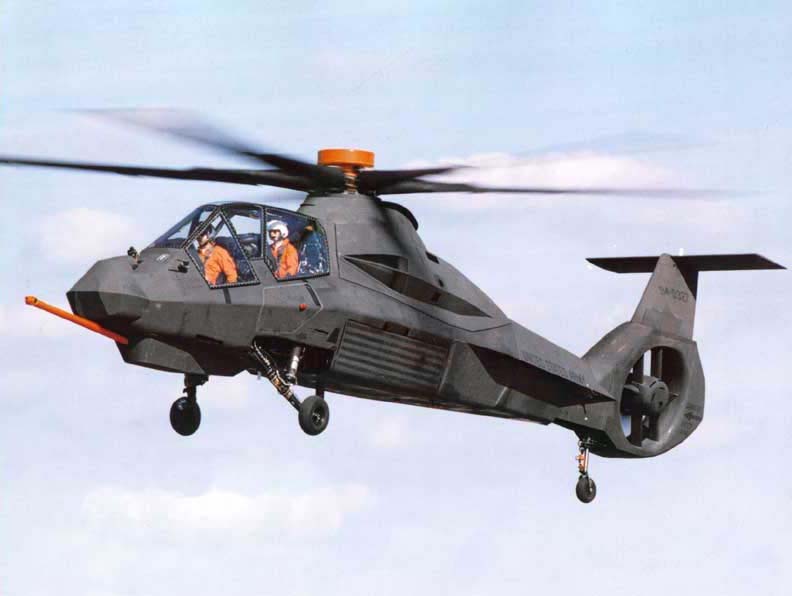
But in today’s world, it’s not enough to mask the heat produced by an aircraft’s engines. Early-generation infrared-guided missiles may have honed in on exhaust plumes, but more modern systems detect what’s known as “Band IV” electromagnetic energy, which can be produced by something as simple as the heat produced by the friction of traveling through the air at high speeds. Like mitigating radar detection, minimizing a rotorcraft’s IR signature is an exercise in compromise, balancing performance trade-offs against detectability, and accepting that some degree of detection will always be possible.
The hub for the main rotor was shrouded to minimize radar-reflecting surfaces and noise, and the tail rotor is ducted and enclosed for the same reasons, though it’s evidence that stealth Black Hawk’s tail rotor was not enclosed in the same fashion.
Perhaps most importantly, the Comanche’s fuselage is made up of composite materials that include a radar-absorbent skin similar to what you’d find on the F-22 Raptor or B-2 Spirit. These radar-absorbent materials are among the most closely guarded secrets in defense today, and are said to be capable of absorbing upwards of 80% of inbound electromagnetic energy, or radar waves.

Another way to reduce the noise level produced by a helicopter is to increase the number of blades on the main rotor, which reduces what’s known as blade passage frequency. Put simply, the movement of each blade creates noise while generating lift, but by distributing that load across more blades, you can reduce the overall amount of noise they produce. The Comanche, for instance, leveraged a 5-blade design, as opposed to the two or four-blade designs leveraged by the Cobra, Kiowa, and Apache. It’s been reported that the stealth Black Hawks used a similar 5-blade design to the Comanche.
The Comanche also eliminates many common components we’re accustomed to seeing hanging off the outside of a helicopter’s fuselage, like stub wings for armaments, antennas, and landing gear, all of which can wreak havoc on a low-observable platform’s radar return.
Related: The birth of stealth: How defeating radar became the way of war
The origins of the Army’s stealth Black Hawk helicopters

The H-60 Black Hawk series of helicopters was developed in the late 1960s as a replacement for the UH-1 Iroquois (Huey) helicopters used during the Vietnam War. The UH-1s had demonstrated the effectiveness of rotorcraft in combat but were highly vulnerable to enemy fire, with some 3,300 of the 7,000 UH-1s used in Vietnam ultimately lost in combat. Bell proposed a ruggedized version of the Huey, but the Army opted for Sikorsky’s proposed Black Hawk instead.
The Black Hawk incorporated various features to enhance survivability, including self-sealing fuel tanks, ballistic-resistant rotor blades, a bullet-proof cockpit, and redundant hydraulic and electrical systems. The new H-60 Black Hawk entered service in 1979, with a variety of specialized variants following suit, including at least four publicly disclosed special operations variants operated first by Task Force 160 in 1981 — a unit that would go on to become the now legendary 160th Special Operations Aviation Regiment.
For some time, the presumption was that the stealth helicopters operated by the 160th during the Bin Laden raid had evolved out of these spec-ops iterations of the platform, but that idea was actually proven false by well-known aviation journalist David Cenciotti all the way back in 2011. Cenciotti uncovered a little-known report produced by Sikorski a full year before the Black Hawk had even entered service and notably four years before the F-117 Nighthawk would secretly become the world’s first operational stealth aircraft.

This 1978 report dubbed, “Structural Concepts And Aerodynamic Analysis For Low Radar Cross Section (LRCS) Fuselage Configurations,” may sound like just another Pentagon report, but in reality, it was a thorough exploration of exactly how to build a stealth Black Hawk.
This 139-page report explored three different potential configurations for such a rotorcraft, highlighting the need to adjust the incline of exterior body panels in the same way we’ve seen in stealth aircraft. It also highlights in plain detail how modifications to the Black Hawk’s design intended to increase stealth had an inverse effect on the helicopter’s performance — and importantly — static stability, calling out the very issue that would ultimately reveal these stealth helicopters’ existence more than three decades later.

This report, however, did not include the substantial changes we would later see to the Black Hawk’s tail, but does potentially shed light on what led to its development.
“Compared to the UH-60A, the LRCS2 and LRCS3 configurations demonstrate a substantial reduction in static stability which will require a redesign of the horizontal stabilator. This is primarily due to a reduction in tail effectiveness and an increase in fuselage instability,” the report concluded.
It seems Sikorski believed a redesign of the stealth helicopter’s tail, specifically the horizontal stabilator (moving stabilizer) could improve vertical stability.
While it’s very unlikely that the stealth helicopters used in the Bin Laden raid were built this far back, it’s all but certain that this study informed their eventual construction.
Related: Night Stalkers Don’t Quit: What you should know about the 160th SOAR
HAVE GLASS Helicopters

It should come as little surprise that there isn’t much in the way of confirmable facts when it comes to the radar-absorbent skin of America’s stealth black hawks. The actual makeup and outer limits of these materials are among the most closely guarded secrets in Defense technology, but the color of the tail section left behind may give us some clues. Despite the common depiction of these stealth helicopters as black in popular media like the movie “Zero Dark Thirty,” images of the tail left behind after Operation Neptune Spear clearly show a silver coating instead.
Longtime stealth aircraft spotter Steve Douglass, whose name you may recall from our dive into the TR-3B, has posited that the silver color suggests the use of materials from the Air Force’s HAVE GLASS program, and while we can’t confirm that to be the case, it does seem likely.
The HAVE GLASS program began in the early 1990s with the aim of reducing the radar cross section (return) of non-stealth 4th generation fighters — in particular, the F-16 Fighting Falcon. The first iteration of HAVE GLASS treatments included a layer of indium-tin-oxide applied to the fighter’s canopy to deflect radar waves away from the litany of right angles found in the cockpit, but before long, the program expanded to include the application of radar absorbent coatings to several parts of the airframe that tend to produce the most prominent radar returns, like the air intake and leading edges of the wings.
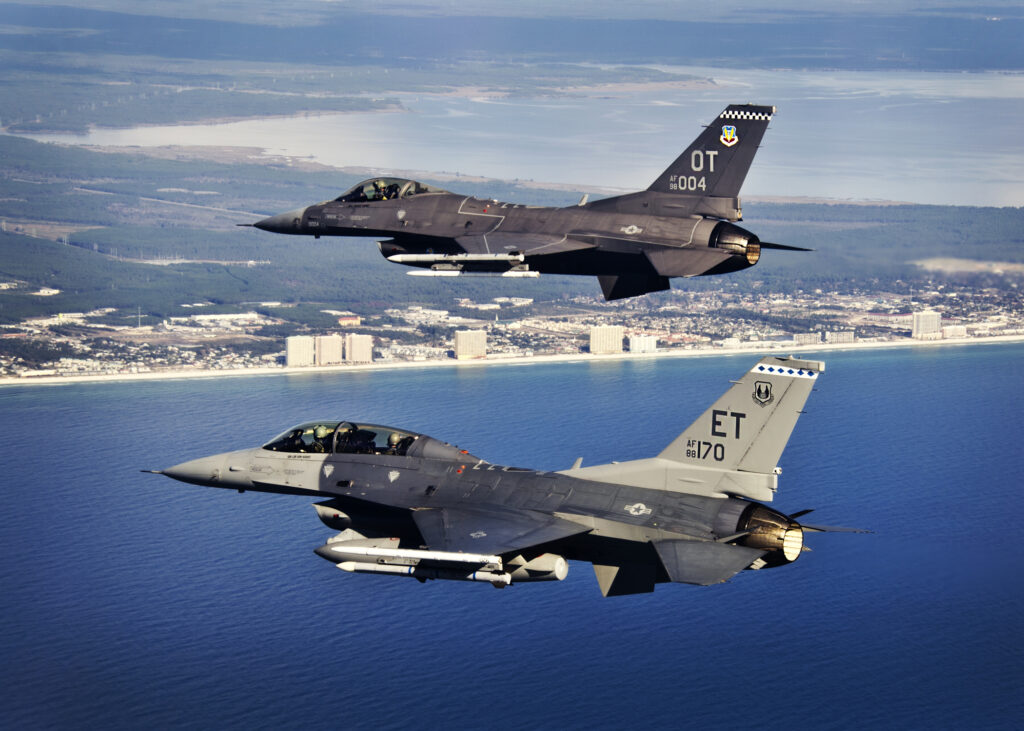
With approximately 60% of the F-16’s fuselage coated in a 10-12mm-thick layer of this material and the cockpit canopy coated like a new pair of sunglasses, the HAVE GLASS treatments of the early 2000s were said to add approximately 100 kilograms (220 pounds) to the jet’s empty weight, but in return, reduced its radar cross section by an estimated 15%. As you might imagine, a much larger helicopter coated entirely in this material would likely tip the scales even further, which was almost certainly part of the added weight said to compromise the stealth Black Hawk’s performance.
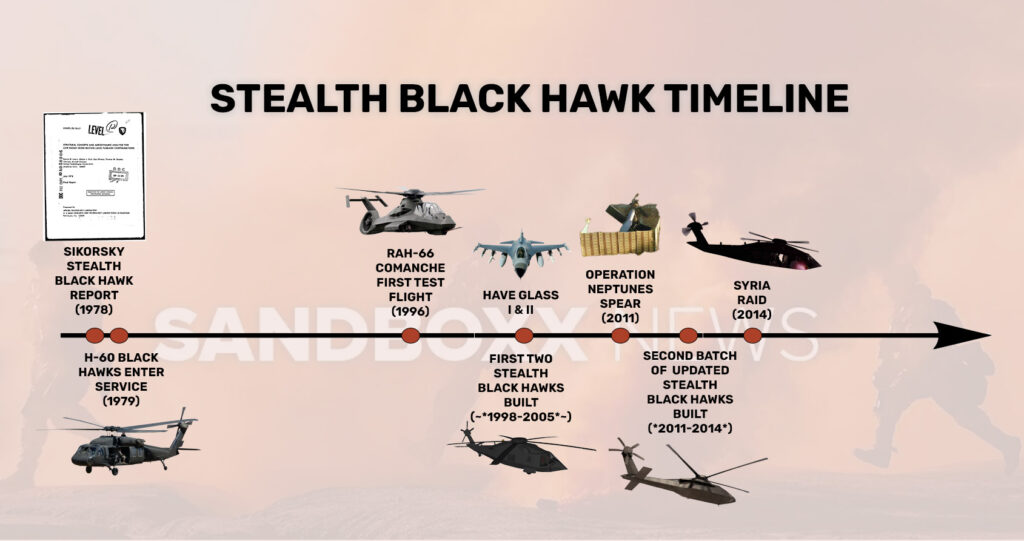
As we’ll discuss later, it now seems evident that America’s stealth Black Hawks were built in two separate batches, with the first two likely being constructed sometime in the late 1990s to early 2000s, chronologically in line with the emergence of the widespread use of HAVE GLASS I and II. However, the second, reportedly larger batch of stealth helicopters are said to have been constructed after the Bin Laden raid in 2011. In 2012, the first HAVE GLASS V F-16s also began taking to the skies, offering a significant boost to their radar-defeating qualities.
It’s been reported that HAVE GLASS V reduced the estimated radar cross-section of the F-16 from approximately 5 square meters to around 1.2 square meters, nearly in line with some estimates for Russia’s 5th-generation Su-57. That amounts to a 76% decrease in radar return, and while the significant differences in design between an F-16 and Black Hawk make it impossible to simply apply that same reduction to the Black Hawk, it seems likely that the second iteration of stealth helicopters saw an even more significant reduction in radar detectability.
In our next story, we’ll dive headlong into Operation Neptune Spear, focusing not on the SEALs on the ground, but instead on the complex air operation going on overhead, what went wrong that led to one of the stealth Black Hawks crashing, and more.
Feature image created by Alex Hollings using public domain images.
Read more from Sandboxx News
- These are 5 weird traditions of the US military
- The ‘shadow scheme’ Britain used to disperse WWII production
- How F-16s will make Ukraine’s radar-hunting missiles much more capable
- Why stealth helicopters are so hard to design
- Destroying Kerch Bridge is key to retaking Crimea, but can Ukraine manage that?
Related Posts
Sandboxx News Merch
-

‘AirPower’ Classic Hoodie
$46.00 – $48.00 Select options This product has multiple variants. The options may be chosen on the product page -

‘Sandboxx News’ Trucker Cap
$27.00 Select options This product has multiple variants. The options may be chosen on the product page -

F-35 ‘Lightning’ Framed Poster
$45.00 – $111.00 Select options This product has multiple variants. The options may be chosen on the product page

Alex Hollings
Alex Hollings is a writer, dad, and Marine veteran.
Related to: Airpower, Special Operations

How US Special Forces took on Wagner Group mercenaries in an intense 4-hour battle
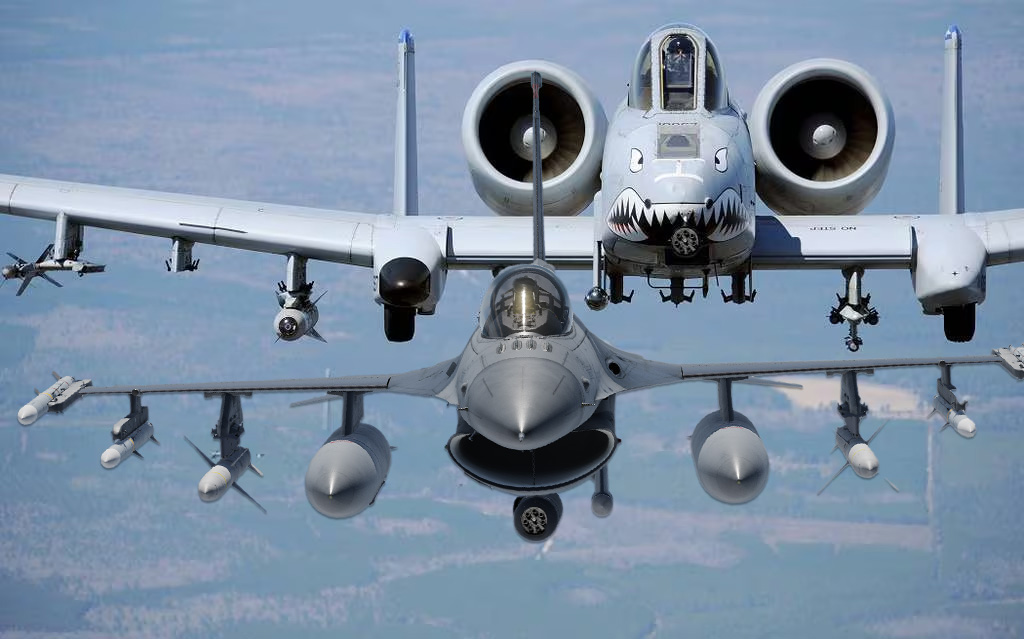
F-16s carrying the A-10’s 30mm cannon actually saw combat
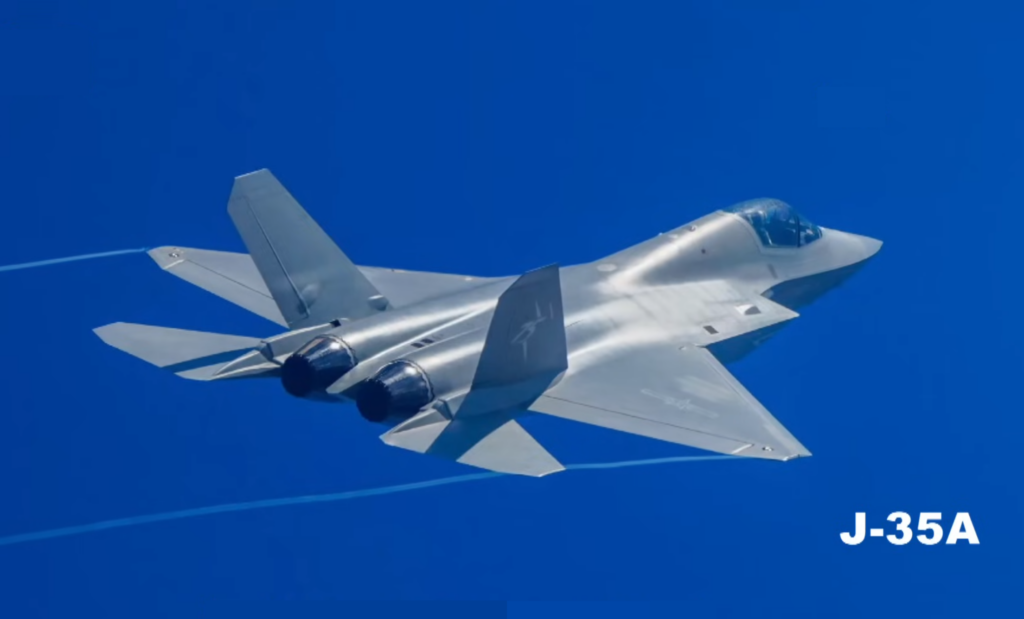
How does China’s new J-35 stealth fighter compare to America’s F-35?

Why China’s new J-35 jet could mean trouble for America
Sandboxx News
-

‘Sandboxx News’ Trucker Cap
$27.00 Select options This product has multiple variants. The options may be chosen on the product page -

‘AirPower’ Classic Hoodie
$46.00 – $48.00 Select options This product has multiple variants. The options may be chosen on the product page -

‘AirPower’ Golf Rope Hat
$31.00 Select options This product has multiple variants. The options may be chosen on the product page -

‘Sandboxx News’ Dad Hat
$27.00 Select options This product has multiple variants. The options may be chosen on the product page
